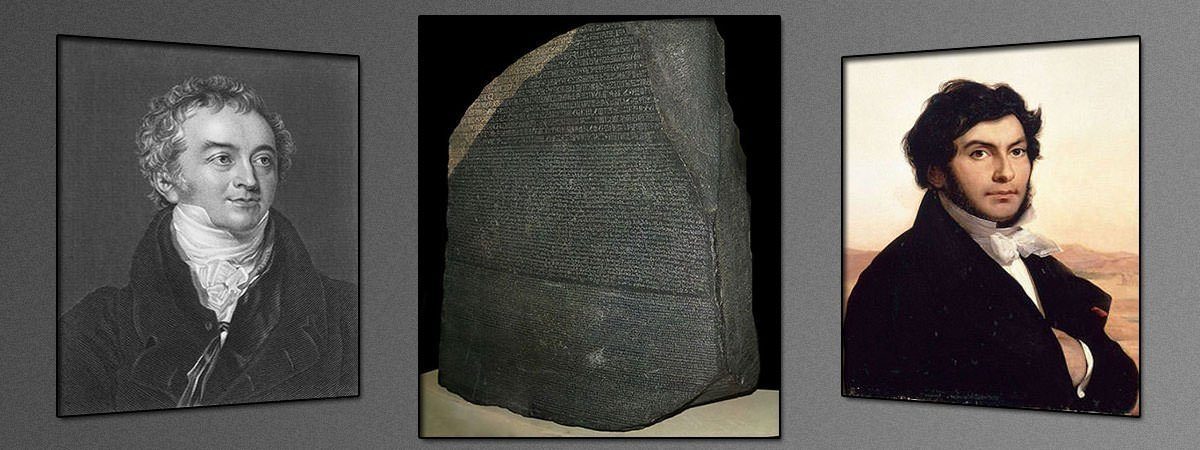
It is a version of the decree issued at the city of Memphis others include the Canopus decree in the Egyptian Museum in Cairo.
#Used rosetta stone french series
This second aim was done through a series of priestly decrees, of which the Rosetta Stone is by far the best-known example. It appears that it was decided that the best way to emphasise the legitimacy of the 13 year old Ptolemy V in the eyes of the Egyptian elite was to re-emphasise his traditional royal credentials with a coronation ceremony in the city of Memphis, and to affirm his royal cult throughout Egypt.

In the years preceding the setting up of the Rosetta Stone, control of certain parts of Egypt had been lost to the family of the Ptolemies, and it had taken the Ptolemaic armies some time to put down opposition in the Delta parts of southern Upper Egypt, particularly Thebes, were not yet back in the control of the government. Egypt had by now become a multi-cultural society, a mixture of Greek and Egyptian, although in many parts of the country the two rarely met. The Ptolemies were Greeks who had been ruling Egypt since the fragmentation of the Empire of Alexander the Great, and while they built temples in the Egyptian style, their lifestyle and language remained exclusively Greek. The background to the setting up of the stela was the confirmation of the control of the Ptolemaic kings over Egypt. The Rosetta stone is dated to March 196 BC, in the 9th year of Ptolemy V. Because Greek was well known, the stone was the key to deciphering the hieroglyphs.

It is dark grey-pinkish granite stone (originally thought to be basalt in composition) with writing on it in two languages, Egyptian and Greek, using three scripts, Hieroglyphic, Demotic Egyptian and Greek.

The Rosetta Stone is 3 feet 9 inches long and 2 feet 41/2 inches wide - (114x72x28cm).


 0 kommentar(er)
0 kommentar(er)
